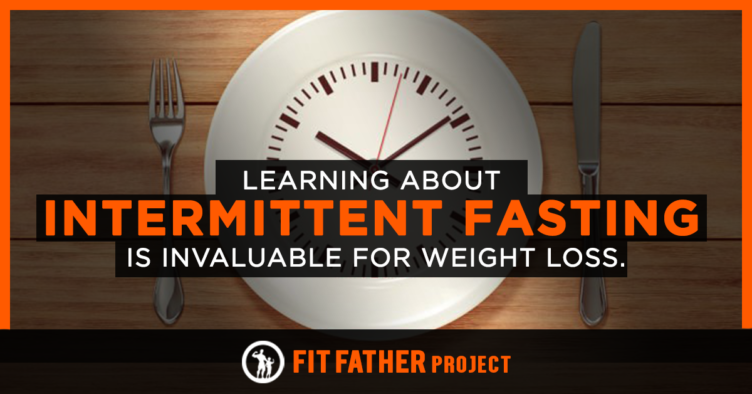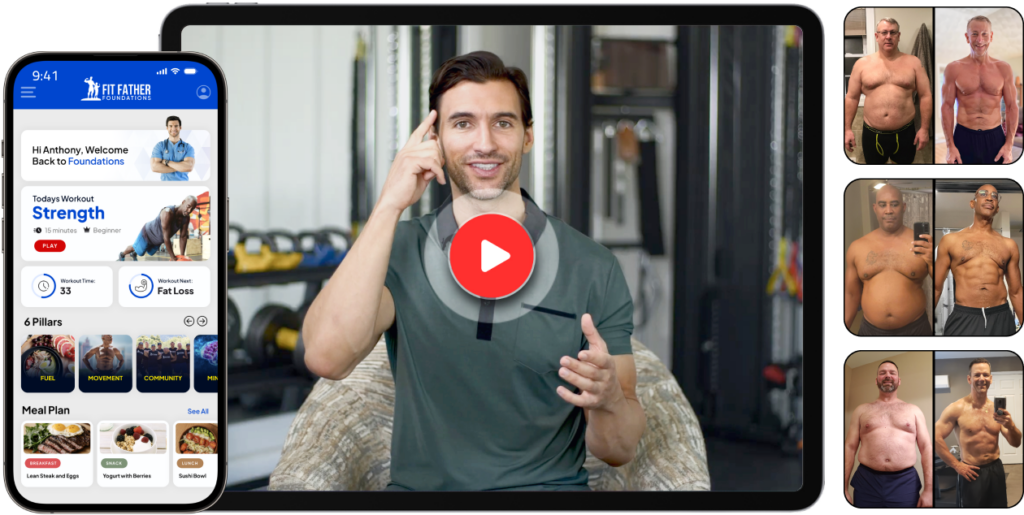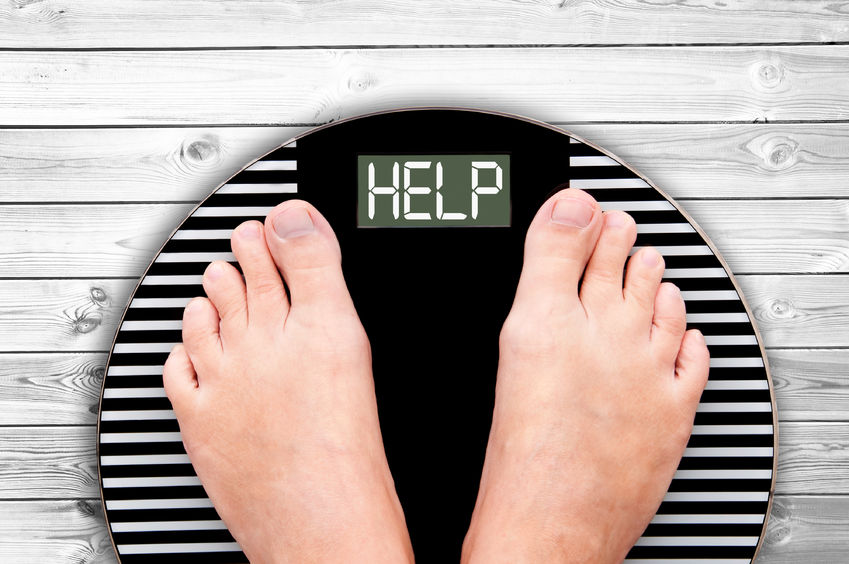 Fit Father 30x (FF30X) is a weight loss program for busy fathers over 40 helps steer you in the right direction if you don't have time to plan your own meals, menus, or workouts.
Fit Father 30x (FF30X) is a weight loss program for busy fathers over 40 helps steer you in the right direction if you don't have time to plan your own meals, menus, or workouts.
You can work intermittent calorie restriction into customized FF30X plans. Simply ask your accountability coach about it!
What is Intermittent Fasting?
Intermittent fasting, as the name implies, is a form of dieting that alternates fasting (not eating for specified time periods), with more regular eating patterns the remaining days of the week. Some common intermittent fasting schedules include:
Alternate-Day Fasting
Alternate-day fasting means you’ll fast (eat no food) on certain days each week. You might avoid eating calories for up to 24 hours on 1 to 2 non-consecutive days weekly, say researchers who conducted a study published in 2013 in the journal CMAJ. Alternate day fasting is touted as a way to reduce calories, shed pounds, and lower chronic disease risk factors.
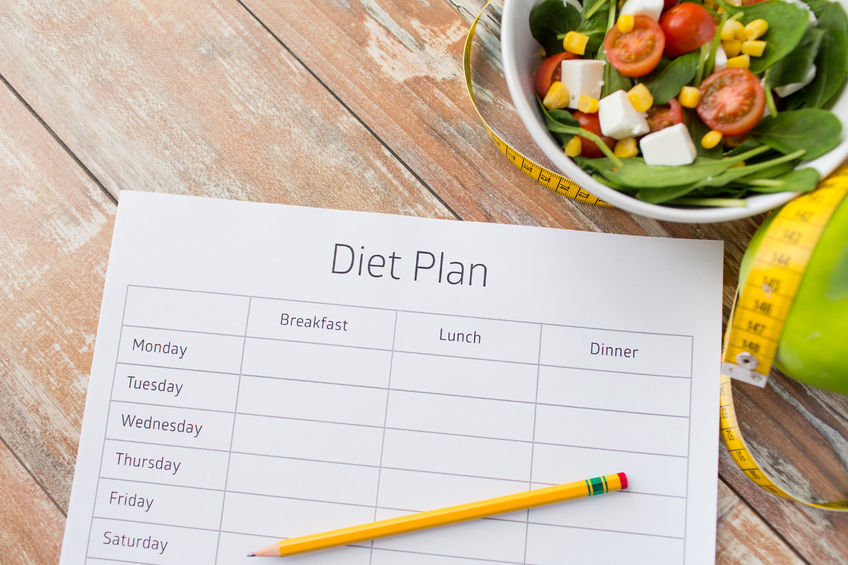 One 2017 study published in Annual Reviews found that in rodent studies, alternate-day fasting helped reduce obesity, improve insulin and blood glucose levels, reduce cholesterol and triglycerides, and lower cancer risks.
One 2017 study published in Annual Reviews found that in rodent studies, alternate-day fasting helped reduce obesity, improve insulin and blood glucose levels, reduce cholesterol and triglycerides, and lower cancer risks.
Alternate-day fasting may enhance weight loss in people too, but the researchers claim:
- Studies involving alternate-day fasting in humans are sparse.
- Alternate-day fasting might not be feasible as an obesity-prevention strategy long term.
- Alternate-day fasting methods may cause extreme hunger.
Modified Fasting
Modified fasting is a form of fasting that's much less restrictive than alternate-day fasting. There are numerous versions of modified fasting diets available to try.
The 2017 study in Annual Reviews found that modified fasting often limits daily energy intake to about 20 to 25 percent of usual energy needs on two (non-consecutive) days each week. Therefore, you might eat just 500 to 800 calories two days a week during a modified fasting program. The other five days you’ll follow more of a regular eating pattern.
The researchers found that compared with continuous calorie restriction (slightly lowering your energy intake every day of the week), fasting regimens aren’t necessarily more beneficial for weight loss — but modified intermittent fasting diets do result in weight loss for many dieters.
Another example of a modified fasting regimen is a 5-day fasting meal plan. Cleveland Clinic says this type of fast involves eating about 1,090 calories on day one, and 725 calories on days 2 – 5 during a 5-day fast, which you’ll complete one time during each month.
Very Low-Calorie Dieting
Very low-calorie diets (VLCDs) are meal plans providing about 500 to 800 calories a day, every day until you meet weight loss goals. These diets can cause hunger initially, but your body may adjust to very low-calorie intakes over time. Even so, medical supervision is generally a good idea when choosing this type of eating plan, to help prevent nutrient deficiencies and catch health complications (such as gallstones) before they become problematic.
The good news is that many overweight or obese patients can lose up to 3 to 5 pounds weekly when following VLCDs. Your doctor may recommend drinking meal replacement shakes during VLCDs, and scheduling regular office visits to monitor progress and vitals.
Intermittent Energy Restriction
A form of dieting that's perhaps the least restrictive (but may be one of the most effective strategies long term), is called intermittent energy restriction. This intermittent dieting method appears to be more effective for weight and fat loss than continuous energy restriction, according to a study published in 2018 in the International Journal of Obesity.
Researchers found that intermittent energy restriction, which means reducing your current calorie intake to about 67 percent of your weight maintenance energy requirements on certain days and eating regular meals the other days of the week, is an ideal weight and fat loss strategy.
Therefore, if you normally consume 2,500 calories, you’d eat 1,675 calories on most days but take rest days off to consume about 2,500 calories on cheat days.
Which Intermittent Fasting Strategy is the Best?
If you have weight to lose and want to try an intermittent fasting schedule to meet weight and fat loss goals, there are several things you should consider.

- Alternate-day fasting can cause negative side effects — such as extreme hunger, weakness, headaches, bad breath, and metal fatigue associated with ketosis.
- Medical supervision is often recommended when eating fewer than 800 calories daily (as in the case of very-low-calorie diets). That's because 500- to 800-calorie meal plans may produce some of the same negative side effects as alternate-day fasting, and put you at risk for nutrient deficiencies.
- Intermittent energy restriction produces the fewest negative side effects, is generally well tolerated by dieters, and is one of the easiest weight loss plans to follow long term.
Intermittent energy restriction appears to be the clear winner when you’re seeking a weight loss plan with few side effects that are safe enough to follow long term. You’re not really fasting as much as you are limiting calories to recommended levels appropriate for weight loss.
How to Create Intermittent Fasting Schedules
Creating an intermittent fasting schedule means choosing cheat days, knowing about weight loss calorie needs, creating meal plans, and sticking with your weight loss eating schedule long term.
Choose Cheat Days during Intermittent Calorie Restriction
The best way to set an intermittent calorie restriction schedule is to choose your cheat days. On these days, you’ll still eat healthy foods but won’t necessarily follow a reduced-calorie meal plan. You’ll eat the number of calories required for men to maintain body weight, which might be:
- 2,000 to 2,400 calories per day for sedentary men over 30
- 2,200 to 2,600 calories daily for moderately active men in the same age category
- 2,400 to 3,000 calories per day for active men over age 30
Creating a schedule for intermittent calorie restriction for weight loss means choosing the days you’ll consume just 1,500 to 1,800 calories (this calorie allotment may vary based on your size and activity level) as well as cheat days. As a general rule of thumb, pick one or two days weekly to be your cheat days.
Cheat days may be just on Sunday, or on Sunday and Wednesday, for example. Write down which days are your cheat days in a calendar or journal.
Pick Fasting Days during a Modified Fasting Program
If you prefer to fast on certain days rather than using the intermittent calorie restriction strategy, pick 2 days each week to fast rather than 2 cheat days. On fasting days, aim to eat just 500 to 800 calories daily. If you choose a very low-calorie diet, your energy intake remains at this calorie level every day — or until your doctor suggests you take a break from a VLCD.
You might be wondering what a 500 – 800 calorie meal plan looks like? Make sure to choose healthy foods as part of a well-balanced menu (simply choose smaller portions). A sample very low-calorie fasting menu might look like:
Day 1
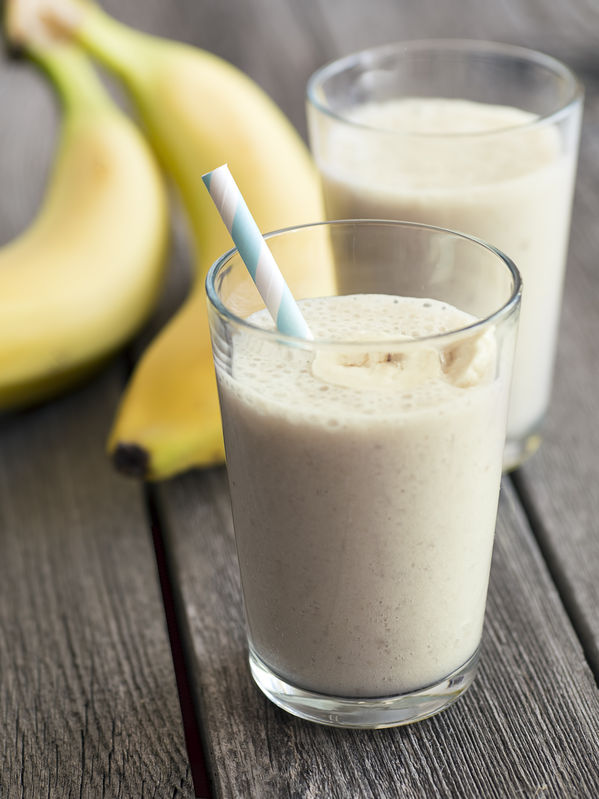 Breakfast
Breakfast
1 smoothie made with:
- 1/4 cup of rolled oats: 75 calories
- 1 1/2 cups of protein-fortified almond milk: 120 calories
- 1 teaspoon of peanut butter: 30 calories
Snack
- 1/2 of a banana: 50 calories
Lunch
- 1/2 cup of tuna mixed with 1 tablespoon of light mayonnaise: 155 calories
- 2 cups of leafy greens: 16 calories
- 1 cup of cherry tomatoes: 44 calories
Snack
- 1/2 cup of low-fat cottage cheese: 80 calories
Dinner
- 2 ounces of grilled chicken breast: 86 calories
- 1/4 cup of cooked quinoa: 56 calories
- 1 cup of cooked asparagus: 40 calories
- 1 teaspoon of olive oil: 40 calories
Total number of calories: 792
Day 2
Breakfast
- 1 large hard-boiled egg: 72 calories
- 1/2 cup of grapes: 52 calories
Snack
- 1 cup of plain Greek yogurt: 141 calories
Lunch
- 2 ounces of grilled chicken breast: 86 calories
- 2 cups of leafy greens: 16 calories
- 1 tablespoon of Italian dressing: 40 calories
Snack
- 1 reduced-fat cheese stick: 45 calories
- 1/2 of a small apple: 39 calories
Dinner
- 1/2 fillet of fish: 56 calories
- 1/2 cup of cooked wild rice: 83 calories
- 1 cup of cooked broccoli: 55 calories
- 1 teaspoon of olive oil: 40 calories
Total number of calories: 725
Day 3
Breakfast
- 2 slices of uncured turkey bacon: 60 calories
- 1/2 cup of blueberries: 42 calories
Snack
- 1/2 cup of apple slices: 26 calories
- 2 tablespoons of walnuts: 82 calories
Lunch
- 1/2 of a turkey burger: 80 calories
- 1 slice of reduced-fat cheese: 50 calories
- 1/2 cup of cooked peas: 67 calories
- 1/2 cup of carrot sticks or cooked carrots: 25 calories
Snack
- 1 cup of non-fat Greek yogurt: 141 calories
Dinner
- 2 ounces of cooked salmon: 104 calories
- 1/2 cup of cucumbers: 8 calories
- 1/4 of a medium cooked sweet potato: 29 calories
- 1 teaspoon of butter: 35 calories
Total number of calories: 749
What are the Drawbacks of Intermittent Fasting?
Fasting isn’t for everybody, as continuous calorie restriction or intermittent energy restriction are weight loss methods some men (and women) prefer. The right choice for you depends on your lifestyle, and whether or not side effects caused by fasting bother you. Some possible disadvantages of following strict fasting regimens include:
1.Hunger
Fasting can cause the unpleasant side effect of hunger, though your body may adjust to eating fewer calories over time. Any form of reduced-calorie meal plan can cause feelings of hunger, but extreme fasting (such as alternate-day fasting) can be much more unpleasant. Extreme hunger due to fasting might include:
- Nausea
- Headaches
- Bad breath
- Stomach cramping
Properly planned reduced-calorie meal plans help reduce hunger associated with dieting, but the more restrictive your fast is the greater likelihood of you becoming uncomfortably hungry.
2. Fatigue
When your body isn’t getting the calories it’s used to during severe calorie restriction, you'll likely feel more tired than usual. As a result of fatigue, you may burn fewer calories during workouts and activities of day-to-day living — such as cleaning the house, doing yard work, playing sports with your kids, or taking the dog for a walk.
3. Low Blood Sugar
Hypoglycemia (low blood sugar) can happen when you fast and exercise at the same time, or if you’re taking medications for diabetes. Hypoglycemia can cause serious health problems in people with diabetes, and may lead to the following side effects during exercise:
- Dizziness
- Feeling lightheaded
- Confusion
That’s why it’s best to chat with your doctor before trying an extreme fasting regimen, such as alternate-day fasting or very low-calorie dieting (eating fewer than 800 calories daily), if you work out regularly or have diabetes.
4. Weight Gain in Some Cases
Intermittent fasting is often designed for weight loss, but fasting can actually lead to weight gain in some cases. Mayo Clinic says people prone to eating disorders may binge and eat more after periods of fasting, and that skipping meals (especially breakfast) regularly is associated with obesity.
Intermittent Fasting vs. Intermittent Calorie Restriction
Less restrictive forms of intermittent fasting, such as intermittent calorie restriction, may be your best bet if you're considering fasting to shed pounds and reduce disease risks. That’s because this form of dieting is often the easiest to follow long-term, and produces the fewest side effects. It’s more of a lifestyle change than a diet and allows you some cheat days so you don’t feel deprived.
If you’d like to try a more drastic form of dieting to achieve rapid weight loss, ask your doctor if a very low-calorie meal plan is a good match for you. Find out if he or she will medically monitor you during this extreme weight loss program.
If you’re too overwhelmed or busy to plan healthy meals, menus, and workouts, consider Fit Father Project’s FF30X program designed for busy fathers over 40 who’d like to achieve their goal weight, keep lost weight off for good, burn excess fat, build muscle, and stay healthy for life.
FF30X gives you access to accountability to keep you on track with your individualized plan and weight loss journey.
>>> Sign up today to begin your life-changing weight loss journey with Fit Father Project! <<<
Erin Coleman, B.S. Nutritional Science, R.D., L.D.
Writer, Fit Father Project
Erin Coleman is a registered and licensed dietitian with over 15 years of freelance writing experience.
She graduated with her Bachelor of Science degree in nutritional science from the University of Wisconsin-Madison, and completed her dietetic internship at Viterbo University in La Crosse, Wisconsin.
Prior to beginning her career in medical content writing, Erin worked as Health Educator for the University of Wisconsin-Madison Department of Internal Medicine.
Her published work appears on hundreds of health and fitness websites, and she’s currently working on publishing her first book! Erin is a wife, and a Mom to two beautiful children.
Join our 6-Week Doctor Designed Health Program. You'll Gain Foundational Health for the Rest of Life.
The FOUNDATIONS Program is created by Dr. Anthony Balduzzi for Men 40+ who want Lifelong Health.
In just 6-Weeks following FOUNDATIONS, you'll experience:
- Rapid decrease in body fat
- Dramatically improved energy levels
- Greater mental sharpness & clarity
- Muscle gains & better cardiovascular fitness
- Decreased inflammation & pain
- Renewed motivation & greater focus on health.
FOUNDATIONS has transformed 60,000 lives! Are you ready to experience true lasting health & results?
- We'll help you drop unhealthy habits forever
- We'll show you the EASIEST way to eat healthy for life.
- You get Doctor-Designed Workouts for Men 40+
- You gain Daily Accountability & support from our team of doctors & certified personal trainers.

